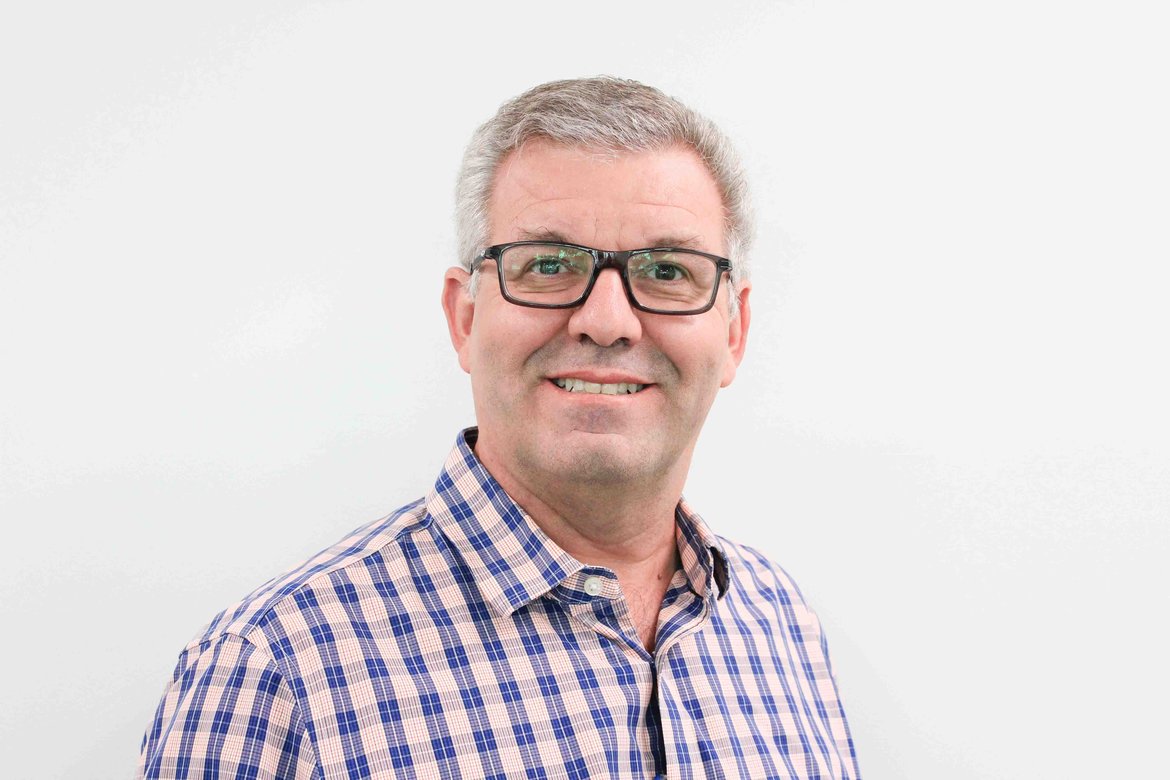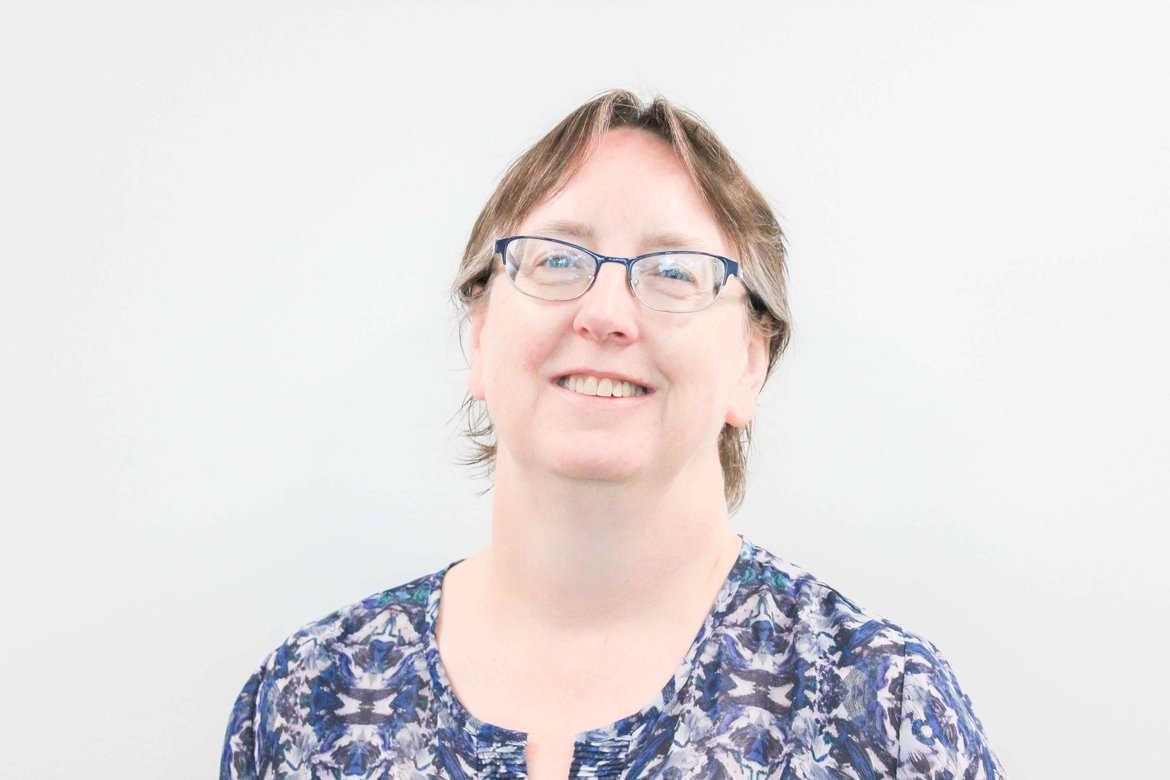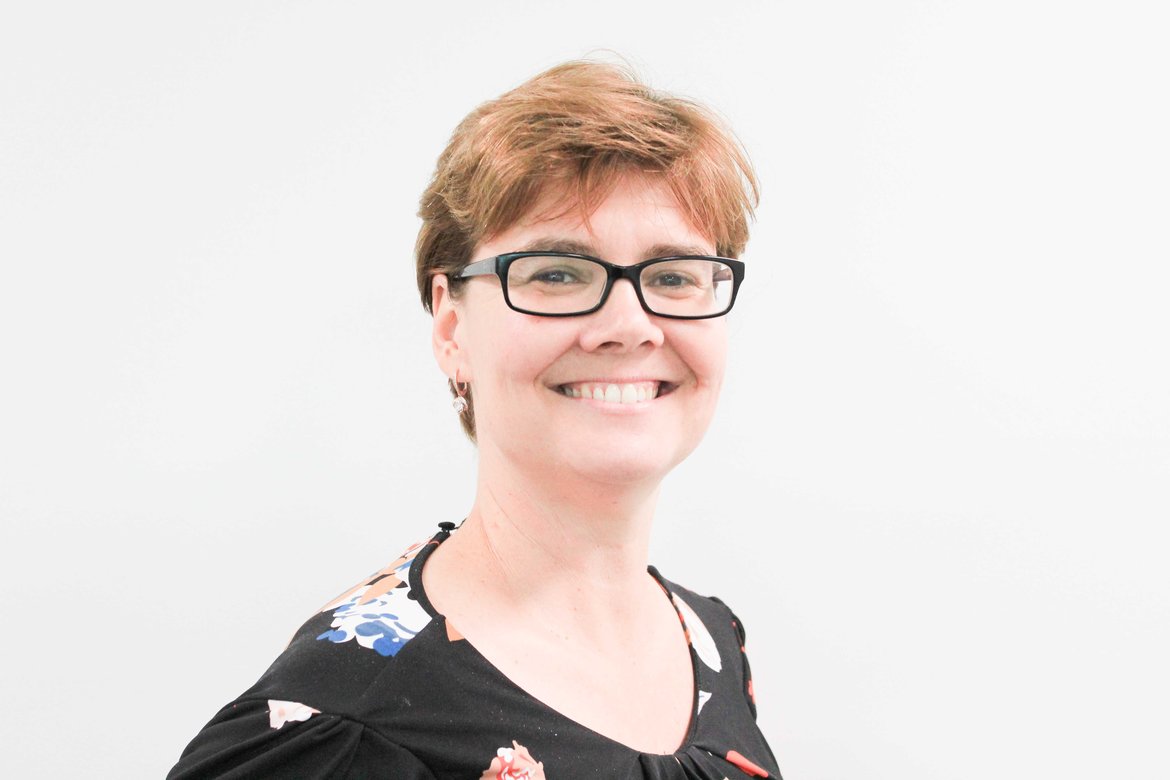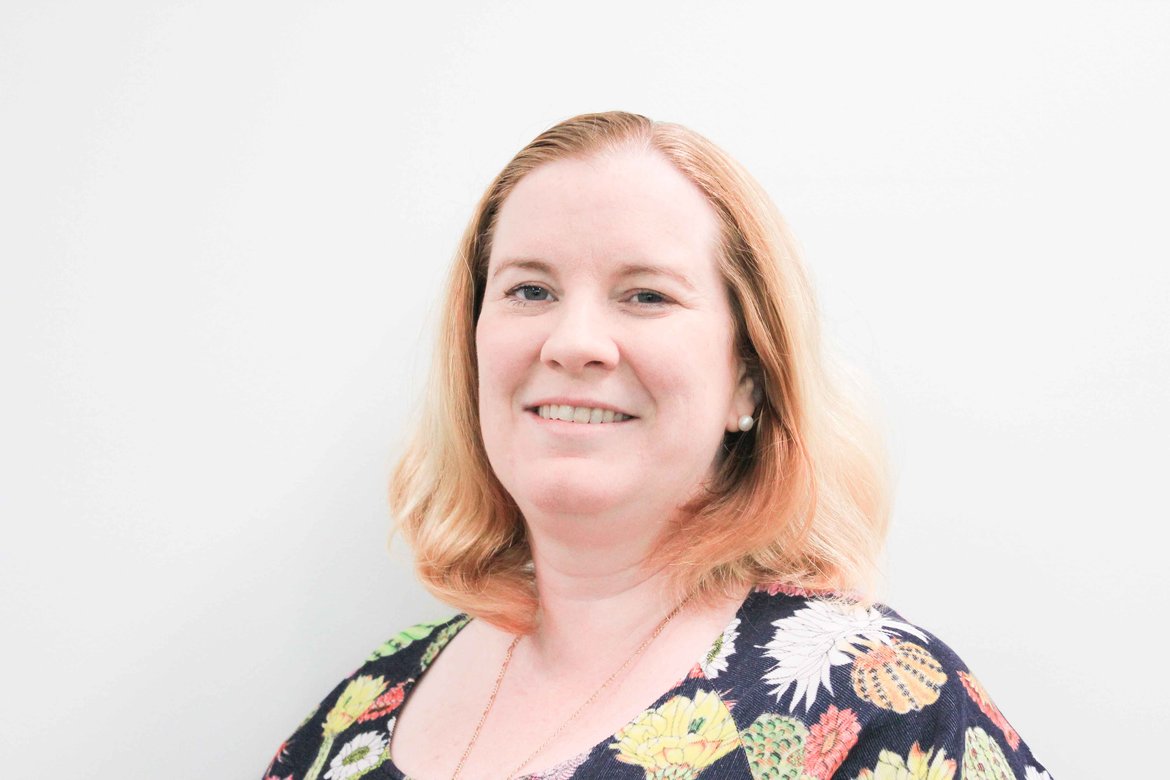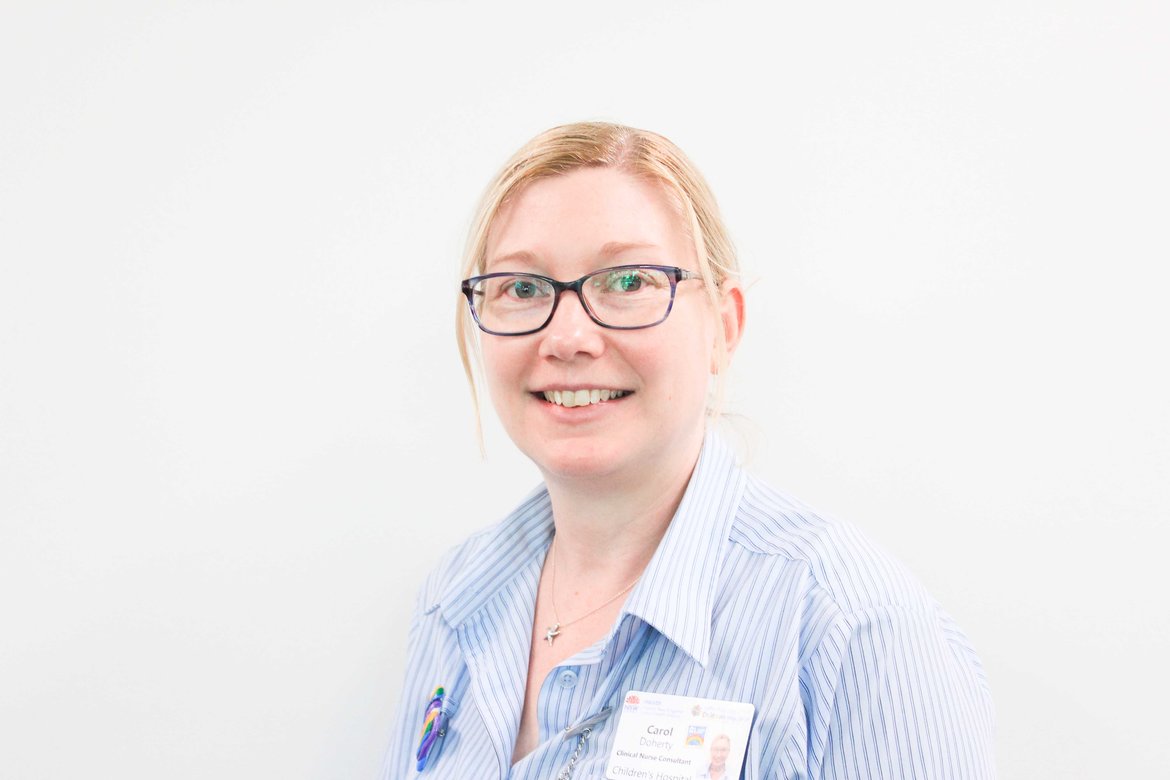Children's Cancer Service

The John Hunter Children’s Hospital Cancer Service provides specialist treatment for children and young people with all forms of childhood cancer, including solid tumours and blood cancers.
Children diagnosed with cancer will receive expert care from multiple specialities, including medical, nursing and Allied Health in an environment focused on the health and well-being of the child or young person.
Childhood cancer - what does it mean and what’s the cause?
There are many types of childhood cancer, the most common type is leukaemia, a blood cancer. Other cancers that may affect children include brain tumours (nervous system) and muscle, bone and skin cancers (solid tumours).
For nearly all childhood cancers there is no known cause and nothing could have been done to prevent the cancer from occurring. For a small percentage there may be genetic causes. In Australia, more than 80% of children diagnosed with cancer will survive.
The term ‘cancer’ is used for the disease where cells grow and multiply in an uncontrolled way, having the potential to spread around the body, these are malignant tumours. When an abnormal growth of cells occurs, but does not spread beyond an immediate area, these are called benign tumours.
Diagnosing childhood cancer
Cancer is not often thought of immediately as a cause for a child not feeling well, having a cold that they can’t seem to shake or unexplained bruising or fatigue. Most children who have common symptoms such as these don’t have cancer.
For children who have symptoms such as the above or any other health issues that won’t go away, a check-up at your child’s GP is advised.
If your child’s GP does request additional tests and the results are not normal, they may be referred to the Children’s Hospital for specialist review.
One of our Paediatric Oncologists will meet with you and your child and likely request further tests to confirm a diagnosis.
After diagnosis your doctor will discuss treatment options with you and agree on a treatment plan.
Treating childhood cancer
Once a child is diagnosed with cancer, admission and treatment begins very quickly, for families still coming to terms with a diagnosis the amount of information being absorbed may at times feel overwhelming. All staff in the treating team are there to assist you through the process.
The three main types of cancer treatment for childhood cancers are chemotherapy, radiotherapy and surgery.
Follow-up after cancer treatment
When a child is receiving cancer treatment, their entire treatment journey can be somewhat intense and emotionally draining. Once treatment has concluded a whole new set of emotions may surface, joy, relief and gratefulness just a few.
The end of treatment though does not usually mark the end of visit to your specialist. For a period of time your child will still have blood tests or scans to ensure everything is on track, before moving to long-term follow up to ensure they are developing normally as they continue to grow. Some side-effects of cancer treatment are not known until many years later.
Helpful resources for families
Types of childhood cancers and resources for families
Some cancers only occur in children, others may occur in both children and adults, however the cancer often progresses differently, requiring different approaches to treatment.
Leukaemias and Lymphomas (blood cancers)
Acute Lymphoblastic Leukaemia (ALL)
Acute Lymphoblastic Leukaemia (ALL) is a cancer that affects white blood cells (lymphocytes). ALL is the most common childhood cancer, accounting for the majority of childhood cancer diagnosis each year.
Once ALL develops in a child, it develops quickly, which usually means diagnosis also occurs quickly (within days or weeks). Anaemia, unexplained bruising, frequent and repeated infections, along with bone pain are all symptoms of ALL.
There are multiple types of ALL, however broadly these can be grouped in ALL developing in B-cells or ALL developing in T-cells.
As ALL progresses quickly, treatment often begins almost immediately following diagnosis. Treatment for ALL will usually involve chemotherapy and steroids, which is broken into three phases, remission induction, consolidation therapy and maintenance therapy. Treatment for ALL usually takes 2 – 3 years.
Resources for patients and families:
- Understanding Acute Lymphoblastic Leukaemia (ALL) in Children
- Joe has leukaemia – written for children aged 4-7 years
Acute Myeloid Leukaemia (AML)
Acute Myeloid Leukaemia (AML) occurs in the bone marrow, affecting specific white blood cells called myeloid cells. With AML there is an overproduction of abnormal cells, which crowd out the normal cells, resulting in the body not being able to produce enough red blood cells, normal white cells and platelets. This also means a child with AML will have a harder time fighting off infection. AML is more common in older adults than children.
AML develops quickly, which usually means diagnosis also occurs quickly (within days or weeks). Anaemia, unexplained bruising, frequent or repeated infections, bone pain, swollen lymph nodes, chest pain and abdominal discomfort are all symptoms of AML.
AML is not a single disease, there are a number of sub-types, which sub-type is dependent on which white blood cell has become cancerous (determined through a bone marrow biopsy. Sub-types of AML include, Acute Monocytic Leukaemia, Acute Myelocytic Leukaemia, Acute Promyelocytic Leukaemia (APML) and Acute Megakaryocytic Leukaemia.
Chemotherapy is the main course of treatment for AML, however a bone marrow or stem cell transplant may also be required. Treatment for AML is broken into three phases, remission induction, consolidation therapy and maintenance therapy. Initially a child will be in hospital for one month for one to two rounds of chemotherapy, with the goal of remission before moving to the next phases of treatment.
Resources for patients and families:
Lymphomas
Lymphomas occur in cells called lymphocytes. In children and young people there are two main types of lymphomas that occur, Hodgkin lymphoma (HL) and Non-Hodgkin lymphoma (NHL). Lymphomas are third most common cancer in children, more common in adolescents.
The difference between the two is Hodgkin lymphoma present with unusually large B cells (Reed-Sternberg cells), however non-Hodgkin lymphomas do not.
Non-Hodgkin Lymphoma is the more common of the two lymphomas, presenting in a similar way to leukaemia. A child will usually present with a large lump with no symptoms, however as the disease progresses fever and weight loss may be seen. There are different types of NHL, which include Burkitt lymphoma, Lymphoblastic lymphoma, Anaplastic large cell lymphoma, Large B-cell lymphoma.
Hodgkin lymphoma more commonly occurs in adolescents than young children. HL usually begins in the lymph nodes in one area of the body, before spreading to other parts of the lymphatic system. Young people with HL usually present with a number of symptoms, including painless swelling of the lymph nodes, fatigue, fever, night sweats, itchy skin or a cough.
Generally for both lymphomas chemotherapy is the main course of treatment. Additional treatments that may be required in radiation therapy, surgery or a stem cell transplant.
Resources for patient and families:
- Understanding Hodgkin Lymphoma
- Understanding Non-Hodgkin Lymphoma
- Tom has lymphoma – written for children aged 4-7 years
Solid tumours
Neuroblastoma
Neuroblastoma is a rare cancer that begins in the nerve tissue of young children, almost always affecting children, usually occurring in the first five to six years of life.
A Neuroblastoma will usually start in the abdomen, in the tissues of the adrenal glands, where nerve cells called neuroblasts are most commonly found, however it can also first develop around the spinal cord, in the chest, neck or pelvis.
Symptoms of Neuroblastoma are usually dependent on where the tumour is growing. Symptoms may include an abdominal mass (felt or seen), difficulty breathing, uncontrolled leg or eye movements, unexplained bruising and fevers, weakness or paralysis, constipation or difficulty urinating.
Treatment may involve a combination of therapies, such as chemotherapy, surgery, radiotherapy and a bone marrow transplant.
Resources for patients and families:
- Neuroblastoma information for parents
- Lucy has a tumour – written for children aged 4-7 years
Rhabdomyosarcoma
Rhabdomyosarcoma is a cancer that originates in the soft tissues of the body, such as the muscles, which means it can occur anywhere in the body. The most common form of the cancer is Embryonal Rhabdomyosarcoma, usually occurring in children under six years of age.
While there is no known cause for rhabdomyosarcoma, it is thought that some forms of the cancer may begin developing in the foetus, as rhabdomyoblasts are foetal cells that will mature and develop into muscles. A chromosomal abnormality or genetic mutation is also usually seen.
Symptoms may vary between children and may not present until the tumour is quite large. Symptoms might include feeling or seeing a mass, bleeding in the nose, vagina or rectum, constipation, bulging eyes and headaches.
Treating rhabdomyosarcoma usually first involves surgery to remove as much of the tumour as possible, followed by chemotherapy and radiation therapy. The approach to treatment though is dependent on where the tumour is located.
Resources for patients and families:
- An overview of rhabdomyosarcoma
- Lucy has a tumour – written for children aged 4-7 years
Retinoblastoma
Retinoblastoma is a very rare cancer of the eye, most commonly found in children under five years of age. The cancer occurs in the retina, a thin light-sensitive lining of the eye. Retinoblastoma is genetic, however the cancer may be hereditary, or more commonly non-hereditary. It can occur in one or both eyes.
Hereditary tumours usually develop when the child is younger, while non-hereditary tumours usually develop when the child is slightly older and normally in one eye.
Retinoblastoma symptoms most often begin to appear before the age of two and are often found during a routine baby health check. Noticeable symptoms may include a red pupil instead of black, misaligned eyes (looking at the ear or nose), change in vision or painful and red around the eyes.
When treating retinoblastoma, one goal is to preserve the child’s vision if the cancer has not spread. Small tumours can be treated with cryotherapy (extreme cold), thermotherapy (extreme heat) or plaque radiotherapy (radioactive plaques sewn into the back of the eye and then removed once the radiation is delivered). Larger tumours may require chemotherapy and removal of the eye.
Resources for patients and families:
- Retinoblastoma fact sheet
- Lucy has a tumour – written for children aged 4-7 years
Osteosarcoma
Osteosarcoma is the most common form of childhood bone cancer, which often occurs in adolescence and during a growth spurt. The cancer most commonly occurs in bones of the arms or legs, however may also occur in the pelvis, spine, or rarely in the jaw or other parts of the body.
Like many childhood cancers there is no known cause, however children who have had hereditary retinoblastoma or previously had chemotherapy or radiotherapy are at an increased risk of developing this cancer. Broken bones or damage to the bone are not a cause of osteosarcoma, however an injury may draw attention to the cancer.
Children and young people with osteosarcoma usually don’t appear unwell and symptoms may vary. Symptoms may include pain or tenderness at the site of the tumour and progressively worsens over time, swelling at the tumours site, limping if the leg is affected, decreased movement of the affected limb.
Treatment may involve a combination of the therapies, including surgery, radiation and chemotherapy. If the cancer is in its early stages, every attempt is made to save the affected limb, however if this is not possible amputation may be required.
Resources for patients and families:
- Understanding primary bone cancer
- Lucy has a tumour – written for children aged 4-7 years
Ewing sarcoma
Ewing sarcoma is a rare cancer of the bone or soft tissue that can affect children, adolescents and young adults. Teenagers are more commonly diagnosed with this cancer, which often originates in the hip bones, ribs, long bones in the legs and arms.
The exact cause of Ewing sarcoma is not known and there are no risk factors or preventable measure for the cancer, however chromosomal changes that occur after birth may lead to the cancers formation. Ewing sarcoma is not inherited.
Symptoms of Ewing sarcoma may include pain and swelling around the tumour site, limping if the leg is affected, fever, weight loss, fatigue and a decreased appetite.
Treatment for Ewing sarcoma may include chemotherapy alone, or in combination with surgery and radiotherapy. What treatment a child requires is determined by the location and progression of the disease.
Resources for patients and families:
- Understanding primary bone cancer
- Lucy has a tumour – written for children aged 4-7 years
Brain tumours
Medulloblastoma
Medulloblastoma is one of the most common forms of brain tumour in children, with brain tumours the second most common cancer in childhood behind leukaemia. Medulloblastoma is a neuroectodermal tumour that starts in the cerebellum at the back of the brain called the posterior fossa.
The cerebellum, where this cancer grows, is the part of the brain that controls balance, coordination and other motor functions, which is why some symptoms may include a lack of coordination and problems with motor skills, along with headaches, seizures, nausea and vomiting, fatigue and double vision.
It most commonly occurs in toddlers and children under 10, however may occur at any age.
Surgery, radiotherapy and chemotherapy may be used as standalone therapies or in combination. During the treatment process steroids and anti-convulsants may be used to reduce swelling and prevent fitting, however they do not treat the tumour.
Resources for patients and families:
- My child has a brain or spinal tumour
- Medulloblastoma – American Brain Tumour Association
- Mary has a brain tumour - written for children aged 4-7 years
Gliomas
Gliomas are brain tumours that originate from cells that support brain neurons called glial cells. Gliomas are also called astrocytomas and may slow growing (low grade) or fast growing (high grade).
A determination about the tumours grade is made by viewing the abnormal cells under a microscope, which shows how quickly the tumour will likely grow and spread. Types of gliomas include pilocytic astrocytoma, optic pathway gliomas and pilomyxoid astrocytomas.
Symptoms of a glioma may include headaches, vomiting, vision problems, balancing, seizures, sleepiness, confusion, clumsiness and changes in behaviour.
Treatment will likely first include surgery to remove as much of the tumour as possible. Chemotherapy and radiotherapy may then follow. If a tumour is located in a sensitive part of the brain chemotherapy and radiation may be used instead or prior to surgery.
Resources for patients and families:
- My child has a brain or spinal tumour
- Medulloblastoma – American Brain Tumour Association
- Mary has a brain tumour - written for children aged 4-7 years
Our team
